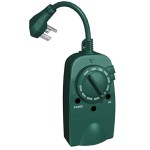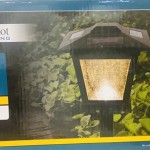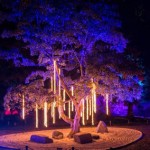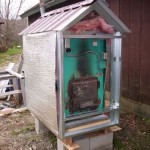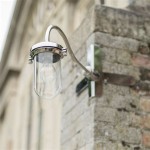Outdoor Lighting Design Guidelines
Outdoor lighting design is an essential component of any successful landscape or architectural project. It enhances the aesthetic appeal, improves safety and security, and creates inviting and functional outdoor spaces. Creating a well-planned outdoor lighting scheme requires careful consideration several factors, including the purpose of the lighting, the desired ambiance, and the structural elements of the property. This article will explore key design guidelines for outdoor lighting, providing practical advice for achieving optimal results.
Purpose and Functionality
The first step in outdoor lighting design is to identify the specific purpose of the lighting. This could be for security, safety, ambiance, or a combination of these factors. For example, security lighting should be bright and strategically placed to illuminate potential entry points and deter intruders. Safety lighting may be needed on walkways, stairs, and driveways to prevent accidents. Ambiance lighting, on the other hand, focuses on creating a relaxing and inviting mood.
Once the purpose is determined, you can choose the appropriate type of lighting fixtures. For security lighting, motion-activated floodlights are often used. For safety lighting, path lights and step lights are commonly employed. Ambiance lighting can be achieved with string lights, lanterns, and other decorative fixtures.
Aesthetics and Ambiance
Outdoor lighting can significantly enhance the beauty of a property, emphasizing architectural features and creating visual interest. Consider the style of the home or building, the surrounding landscape, and the desired ambiance. For example, a traditional home might benefit from warm-toned lighting, while a modern home might look better with cool-toned lighting.
Lighting layers are crucial for creating depth and interest, using a combination of uplighting, downlighting, and accent lighting. Uplighting can be used to highlight trees, walls, and other architectural features, while downlighting can provide general illumination. Accent lighting is used to draw attention to specific elements, such as sculptures or plants.
Technical Considerations
When designing outdoor lighting, it is essential to consider technical aspects like light output, color temperature, and light distribution. The light output, measured in lumens, determines the brightness of the light. Color temperature, expressed in Kelvins, describes the color of the light. Warm white light (2700-3000K) is often used for ambiance, while cool white light (4000-4500K) is more suitable for security and safety.
Light distribution refers to how the light is directed. Some fixtures have a wide beam spread, while others have a narrow beam. Selecting the appropriate fixtures for each area ensures effective and efficient lighting. For example, floodlights have a wide beam spread for illuminating large areas, while spotlights are used for highlighting specific objects.
Energy efficiency is also a crucial factor in outdoor lighting design. LED lights are a popular choice for outdoor applications due to their energy savings and long lifespan. Using dimming controls and motion sensors can help further reduce energy consumption.
Conclusion
Effective outdoor lighting design can transform an outdoor space, creating a safe, functional, and aesthetically pleasing environment. By carefully considering the purpose, aesthetics, and technical aspects, you can create a lighting scheme that enhances the beauty and functionality of your property.

Landscape Lighting Design Overview

Résultats De Recherche D Images Pour Landscape Lighting Plan Outdoor Garden Design

Landscape Lighting Design Overview
Walnut Ridge Cer Association S New Outdoor Lighting Design Guide For 2024 Released

A Guide To Outdoor Lighting Design Rtf Rethinking The Future

Landscape Lighting Design Guide Everything You Need To Know

Guide To Outdoor Lighting Lacombe Express

A Guide To Outdoor Lighting Design Rtf Rethinking The Future

Design Guide For Your Home S Outdoor Lighting

Outdoor Lighting Guide Delmarfans Com Modern Landscape Design Landscaping

